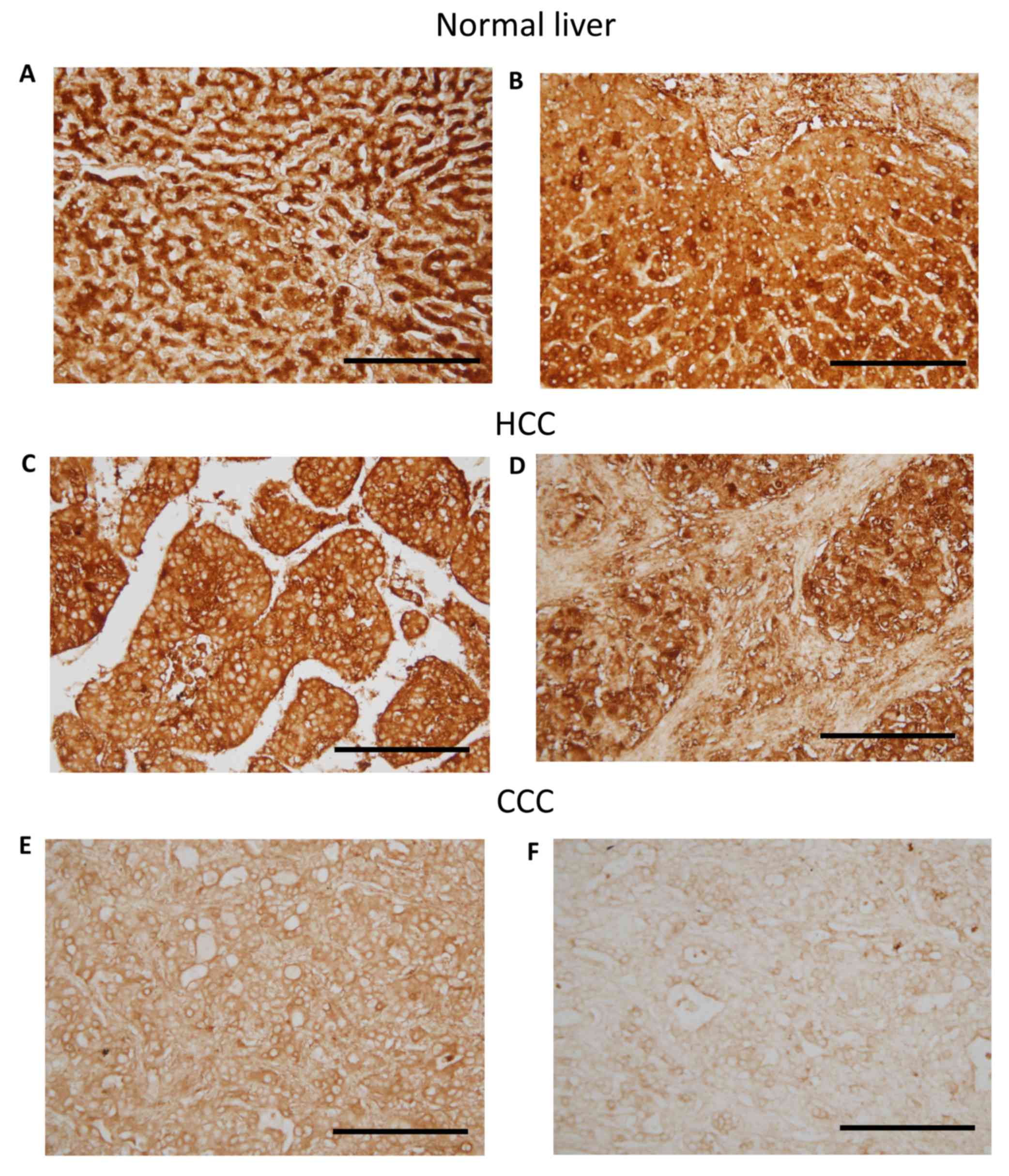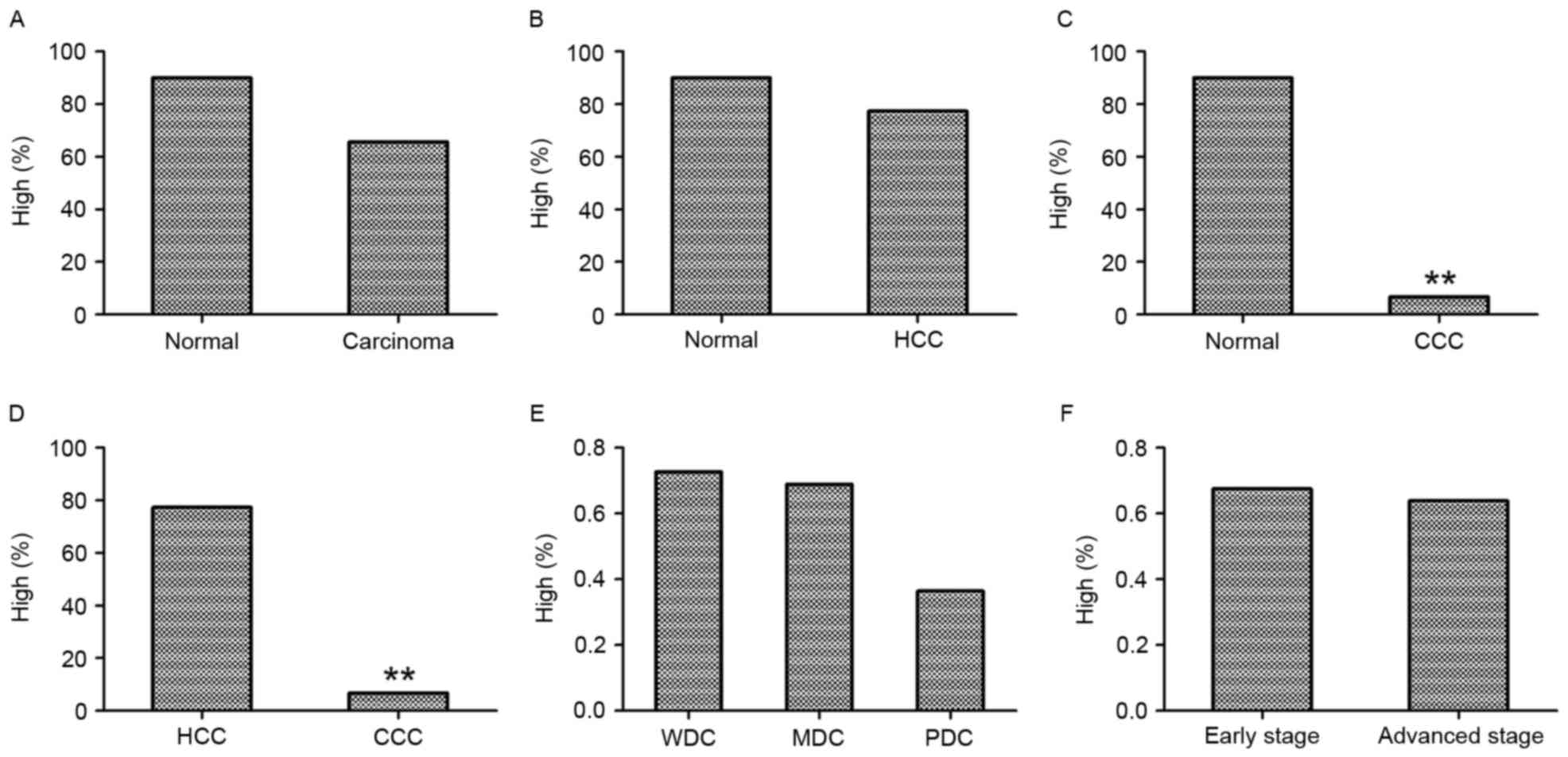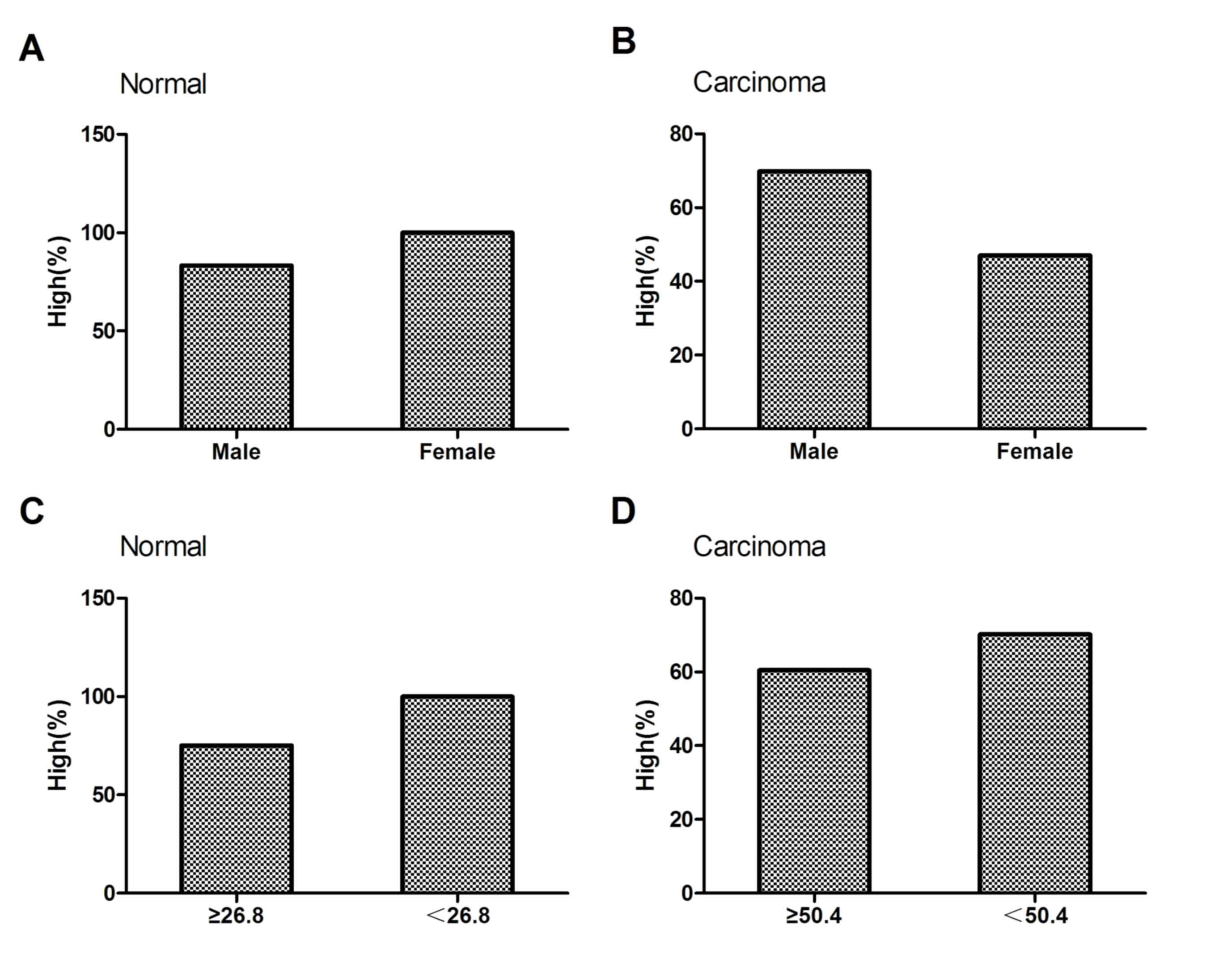|
1
|
Zhao Y, Zhu M, Yu Y, Qiu L, Zhang Y, He L
and Zhang J: Brain REST/NRSF is not only a silent repressor but
also an active protector. Mol Neurobiol. 54:541–550. 2016.
View Article : Google Scholar : PubMed/NCBI
|
|
2
|
Chong JA, Tapia-Ramírez J, Kim S,
Toledo-Aral JJ, Zheng Y, Boutros MC, Altshuller YM, Frohman MA,
Kraner SD and Mandel G: REST: A mammalian silencer protein that
restricts sodium channel gene expression to neurons. Cell.
80:949–957. 1995. View Article : Google Scholar : PubMed/NCBI
|
|
3
|
Gupta SK, Gressens P and Mani S: NRSF
downregulation induces neuronal differentiation in mouse embryonic
stem cells. Differentiation. 77:19–28. 2009. View Article : Google Scholar : PubMed/NCBI
|
|
4
|
Gao Z, Ure K, Ding P, Nashaat M, Yuan L,
Ma J, Hammer RE and Hsieh J: The master negative regulator
REST/NRSF controls adult neurogenesis by restraining the neurogenic
program in quiescent stem cells. J Neurosci. 31:9772–9786. 2011.
View Article : Google Scholar : PubMed/NCBI
|
|
5
|
Chen ZF, Paquette AJ and Anderson DJ:
NRSF/REST is required in vivo for repression of multiple neuronal
target genes during embryogenesis. Nat Genet. 20:136–142. 1998.
View Article : Google Scholar : PubMed/NCBI
|
|
6
|
Olguín P, Oteíza P, Gamboa E,
Gómez-Skármeta JL and Kukuljan M: RE-1 silencer of
transcription/neural restrictive silencer factor modulates
ectodermal patterning during Xenopus development. J
Neurosci. 26:2820–2829. 2006. View Article : Google Scholar : PubMed/NCBI
|
|
7
|
Paquette AJ, Perez SE and Anderson DJ:
Constitutive expression of the neuron-restrictive silencer factor
(NRSF)/REST in differentiating neurons disrupts neuronal gene
expression and causes axon pathfinding errors in vivo. Proc Natl
Acad Sci USA. 97:12318–12323. 2000. View Article : Google Scholar : PubMed/NCBI
|
|
8
|
Nishimura E, Sasaki K, Maruyama K, Tsukada
T and Yamaguchi K: Decrease in neuron-restrictive silencer factor
(NRSF) mRNA levels during differentiation of cultured neuroblastoma
cells. Neurosci Lett. 211:101–104. 1996. View Article : Google Scholar : PubMed/NCBI
|
|
9
|
Lee JH, Chai YG and Hersh LB: Expression
patterns of mouse repressor element-1 silencing transcription
factor 4 (REST4) and its possible function in neuroblastoma. J Mol
Neurosci. 15:205–214. 2000. View Article : Google Scholar : PubMed/NCBI
|
|
10
|
Lepagnol-Bestel AM, Maussion G, Ramoz N,
Moalic JM, Gorwood P and Simonneau M: Nrsf silencing induces
molecular and subcellular changes linked to neuronal plasticity.
Neuroreport. 18:441–446. 2007. View Article : Google Scholar : PubMed/NCBI
|
|
11
|
Lawinger P, Venugopal R, Guo ZS, Immaneni
A, Sengupta D, Lu W, Rastelli L, Carneiro Marin Dias A, Levin V,
Fuller GN, et al: The neuronal repressor REST/NRSF is an essential
regulator in medulloblastoma cells. Nat Med. 6:826–831. 2000.
View Article : Google Scholar : PubMed/NCBI
|
|
12
|
Su X, Gopalakrishnan V, Stearns D, Aldape
K, Lang FF, Fuller G, Snyder E, Eberhart CG and Majumder S:
Abnormal expression of REST/NRSF and Myc in neural stem/progenitor
cells causes cerebellar tumors by blocking neuronal
differentiation. Mol Cell Biol. 26:1666–1678. 2006. View Article : Google Scholar : PubMed/NCBI
|
|
13
|
Fuller GN, Su X, Price RE, Cohen ZR, Lang
FF, Sawaya R and Majumder S: Many human medulloblastoma tumors
overexpress repressor element-1 silencing transcription
(REST)/neuron-restrictive silencer factor, which can be
functionally countered by REST-VP16. Mol Cancer Ther. 4:343–349.
2005.PubMed/NCBI
|
|
14
|
Conti L, Crisafulli L, Caldera V,
Tortoreto M, Brilli E, Conforti P, Zunino F, Magrassi L, Schiffer D
and Cattaneo E: REST controls self-renewal and tumorigenic
competence of human glioblastoma cells. PLoS One. 7:e384862012.
View Article : Google Scholar : PubMed/NCBI
|
|
15
|
Zhang D, Li Y, Wang R, Li Y, Shi P, Kan Z
and Pang X: Inhibition of rest suppresses proliferation and
migration in glioblastoma cells. Int J Mol Sci. 17:pii: E664.
2016.
|
|
16
|
Gurrola-Diaz C, Lacroix J, Dihlmann S,
Becker CM and von Knebel Doeberitz M: Reduced expression of the
neuron restrictive silencer factor permits transcription of glycine
receptor alpha1 subunit in small-cell lung cancer cells. Oncogene.
22:5636–5645. 2003. View Article : Google Scholar : PubMed/NCBI
|
|
17
|
Watanabe H, Mizutani T, Haraguchi T,
Yamamichi N, Minoguchi S, Yamamichi-Nishina M, Mori N, Kameda T,
Sugiyama T and Iba H: SWI/SNF complex is essential for
NRSF-mediated suppression of neuronal genes in human nonsmall cell
lung carcinoma cell lines. Oncogene. 25:470–479. 2006. View Article : Google Scholar : PubMed/NCBI
|
|
18
|
Kreisler A, Strissel PL, Strick R, Neumann
SB, Schumacher U and Becker CM: Regulation of the NRSF/REST gene by
methylation and CREB affects the cellular phenotype of small-cell
lung cancer. Oncogene. 29:5828–5838. 2010. View Article : Google Scholar : PubMed/NCBI
|
|
19
|
Bronson MW, Hillenmeyer S, Park RW and
Brodsky AS: Estrogen coordinates translation and transcription,
revealing a role for NRSF in human breast cancer cells. Mol
Endocrinol. 24:1120–1135. 2010. View Article : Google Scholar : PubMed/NCBI
|
|
20
|
Lv H, Pan G, Zheng G, Wu X, Ren H, Liu Y
and Wen J: Expression and functions of the repressor element 1
(RE-1)-silencing transcription factor (REST) in breast cancer. J
Cell Biochem. 110:968–974. 2010. View Article : Google Scholar : PubMed/NCBI
|
|
21
|
Varghese BV, Koohestani F, McWilliams M,
Colvin A, Gunewardena S, Kinsey WH, Nowak RA, Nothnick WB and
Chennathukuzhi VM: Loss of the repressor REST in uterine fibroids
promotes aberrant G protein-coupled receptor 10 expression and
activates mammalian target of rapamycin pathway. Proc Natl Acad Sci
USA. 110:2187–2192. 2013. View Article : Google Scholar : PubMed/NCBI
|
|
22
|
Edge SB and Compton CC: The American Joint
Committee on Cancer: The VIIth edition of the AJCC cancer staging
manual and the future of TNM. Ann Surg Oncol. 17:1471–1474. 2010.
View Article : Google Scholar : PubMed/NCBI
|
|
23
|
Liu M, Zhang K, Zhao Y, Guo Q, Guo D and
Zhang J: Evidence for involvement of steroid receptors and
coactivators in neuroepithelial and meningothelial tumors. Tumour
Biol. 36:3251–3261. 2015. View Article : Google Scholar : PubMed/NCBI
|
|
24
|
Liu C, Zhang Y, Zhang K, Bian C, Zhao Y
and Zhang J: Expression of estrogen receptors, androgen receptor
and steroid receptor coactivator-3 is negatively correlated to the
differentiation of astrocytic tumors. Cancer Epidemiol. 38:291–297.
2014. View Article : Google Scholar : PubMed/NCBI
|
|
25
|
Siegel R, Ma J, Zou Z and Jemal A: Cancer
statistics, 2014. CA Cancer J Clin. 64:9–29. 2014. View Article : Google Scholar : PubMed/NCBI
|
|
26
|
Lu T, Aron L, Zullo J, Pan Y, Kim H, Chen
Y, Yang TH, Kim HM, Drake D, Liu XS, et al: REST and stress
resistance in ageing and Alzheimer's disease. Nature. 507:448–454.
2014. View Article : Google Scholar : PubMed/NCBI
|
|
27
|
Orta-Salazar E, Aguilar-Vázquez A,
Martínez-Coria H, Luquín-De Anda S, Rivera-Cervantes M, Beas-Zarate
C, Feria-Velasco A and Díaz-Cintra S: REST/NRSF-induced changes of
ChAT protein expression in the neocortex and hippocampus of the
3xTg-AD mouse model for Alzheimer's disease. Life Sci. 116:83–89.
2014. View Article : Google Scholar : PubMed/NCBI
|
|
28
|
Majumder S: REST in good times and bad:
Roles in tumor suppressor and oncogenic activities. Cell Cycle.
5:1929–1935. 2006. View Article : Google Scholar : PubMed/NCBI
|
|
29
|
Westbrook TF, Martin ES, Schlabach MR,
Leng Y, Liang AC, Feng B, Zhao JJ, Roberts TM, Mandel G, Hannon GJ,
et al: A genetic screen for candidate tumor suppressors identifies
REST. Cell. 121:837–848. 2005. View Article : Google Scholar : PubMed/NCBI
|
|
30
|
Blom T, Tynninen O, Puputti M, Halonen M,
Paetau A, Haapasalo H, Tanner M and Nupponen NN: Molecular genetic
analysis of the REST/NRSF gene in nervous system tumors. Acta
Neuropathol. 112:483–490. 2006. View Article : Google Scholar : PubMed/NCBI
|
|
31
|
Wagoner MP, Gunsalus KT, Schoenike B,
Richardson AL, Friedl A and Roopra A: The transcription factor REST
is lost in aggressive breast cancer. PLoS Genet. 6:e10009792010.
View Article : Google Scholar : PubMed/NCBI
|
|
32
|
Hansel MC, Davila JC, Vosough M,
Gramignoli R, Skvorak KJ, Dorko K, Marongiu F, Blake W and Strom
SC: The use of induced pluripotent stem cells for the study and
treatment of liver diseases. Curr Protoc Toxicol.
67:14.13.1–14.13.27. 2016. View Article : Google Scholar
|
|
33
|
Chen W, Zheng R, Baade PD, Zhang S, Zeng
H, Bray F, Jemal A, Yu XQ and He J: Cancer statistics in China,
2015. CA Cancer J Clin. 66:115–132. 2016. View Article : Google Scholar : PubMed/NCBI
|
|
34
|
Sedaghat Y, Bui HH, Mazur C and Monia BP:
Identification of REST-regulated genes and pathways using a
REST-targeted antisense approach. Nucleic Acid Ther. 23:389–400.
2013. View Article : Google Scholar : PubMed/NCBI
|












